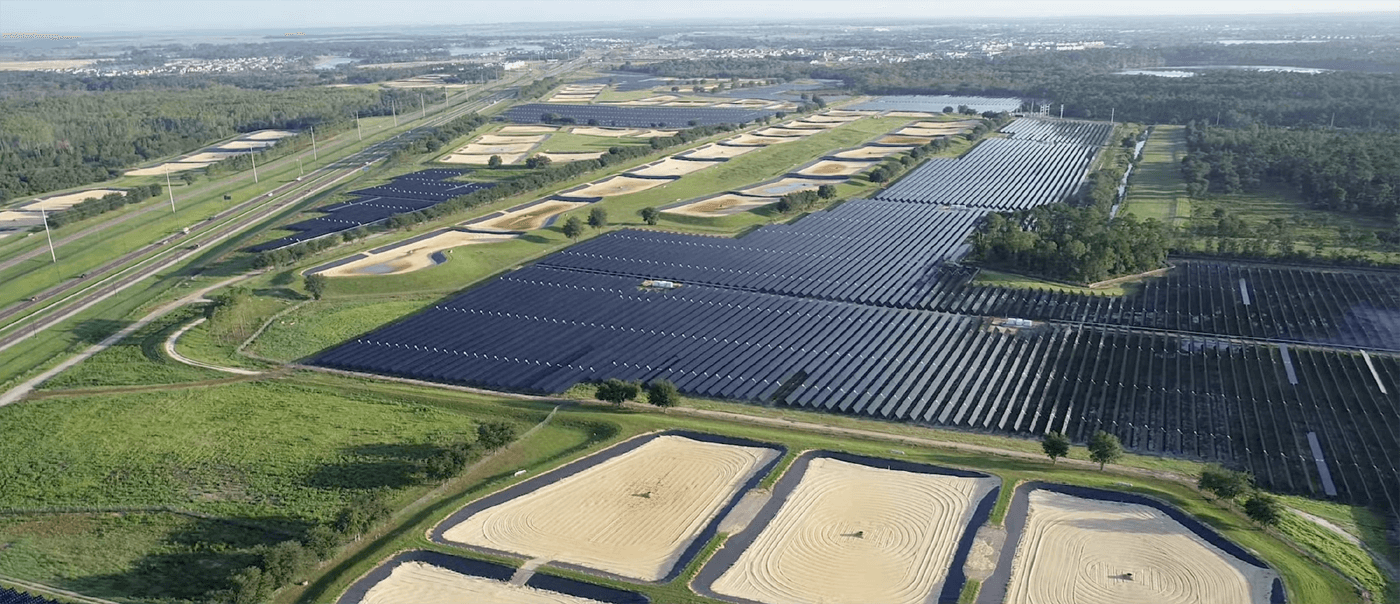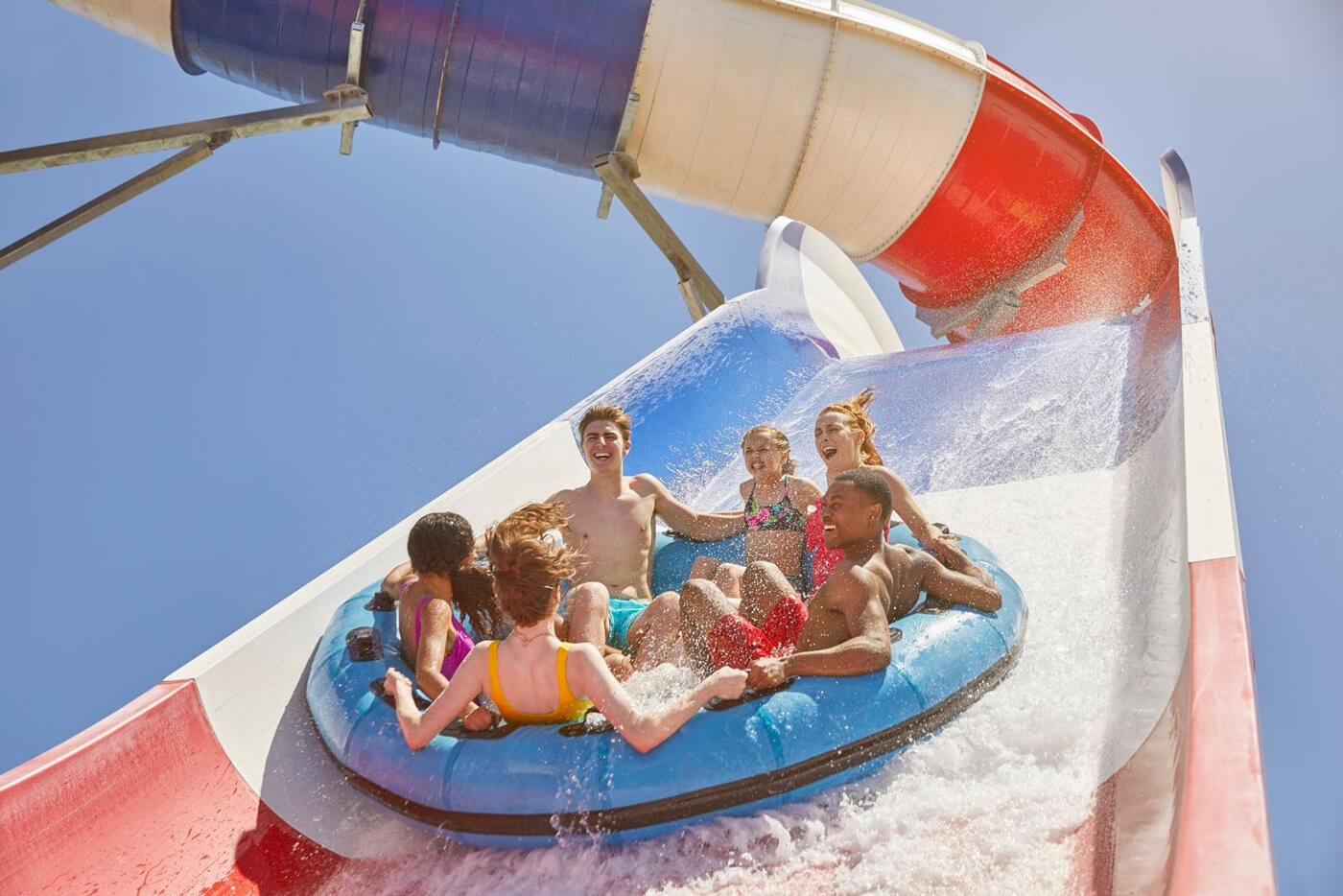There's nothing quite like the anticipation of the "click-click-click" during a roller coaster's rise. It's a promise of thrills to come. Theme parks are special places where beloved characters are brought to life and people can gather to have fun.
So much fun that in just the top 10 theme park groups alone, worldwide theme park attendance reached 521 million people in 2019, according to infrastructure consulting firm AECOM's theme park index.
Serving that many people requires a lot of energy and creates a ton of waste. Thankfully, theme parks are stepping up and embracing environmental responsibility.
Here are four theme parks that are going green.
Solar Power The Disney Way

Transitioning away from pollution-causing energy sources is top-of-mind nowadays. That's why Disney has become a leader in utilizing solar power, and the company's goals are ambitious. Disney plans to use 100% clean electricity by 2030, meaning no pollution will be produced in powering its operations. To achieve this, Disney brought online a 270-acre, 50 megawatt solar facility near the Walt Disney World Resort in 2020. One megawatt of solar energy can power 190 homes on average. In the case of Disney World, this solar array powers two of the four Orlando parks. Disney also married joy and pragmatism with an additional five megawatt installation in the shape of Mickey Mouse. These won't be the only solar sources for Disney World –– the company also plans to launch two more 75 megawatt solar arrays in 2023. These facilities will be located in nearby counties to remove dependance on sunny skies in one specific area. Disney expects these facilities to generate clean electricity equivalent to removing 29,500 cars from the road in just the first year!
Universal Studios Finding New Ways To Fuel Fun

Universal Studios is doing its part to transition to cleaner energy sources as well. The company recently debuted four electricity-powered trams for its famous studio tours in Hollywood. Electric vehicles are proven to be better for the environment, and Universal Studios plans to transition its entire fleet of trams from heavily polluting diesel-hydraulic power to 100% electricity by 2025. As reported in Deadline, park officials claim that the trams are amongst the U.S.'s cutting-edge, battery-powered electric vehicles capable of moving lots of people. These developments have the added benefit of running quieter so movie-lovers can better hear the narration on their tours.
Conserving Water At Typhoon Texas

Roller coasters aren't the only thrill rides to go green. Water slides are, too. Limiting water consumption is essential to protecting both the environment and water parks' bottom lines. Typhoon Texas in Houston-suburb Katy is leading the way by investing in top-of-the-line filtration systems that have resulted in 90% less water waste. It's also incorporated strategically placed variable pumps onto slides so riders get propelled by the water as needed rather than maintaining a constant, wasteful blast. This ensures Typhoon Texas only limits the water, not the fun. Typhoon Texas President Evan Barrett stressed the efficiency gains and cost reductions to the Global Association for Attractions Industry, pointing out that "... new construction is the easiest way to incorporate new sustainability efforts." That lesson applies broadly to theme parks.
Don't Forget To Recycle At Tivoli Gardens

Environmental innovations are happening in amusement parks beyond North America –– and they have been for a while. Enter Tivoli Gardens in Copenhagen, Denmark, which has run a recycling program since 1998 that goes beyond requesting participation by incentivizing it. The park serves all of its drinks in recyclable cups. Guests pay a deposit at purchase that is credited back to their account when the cups are returned to recycling bins. The long-running program has an 80% return rate, which saves Tivoli one million cups per year. This is a great example of sustainability made simple.
Follow The Cool Down on Instagram and subscribe to our newsletter.








